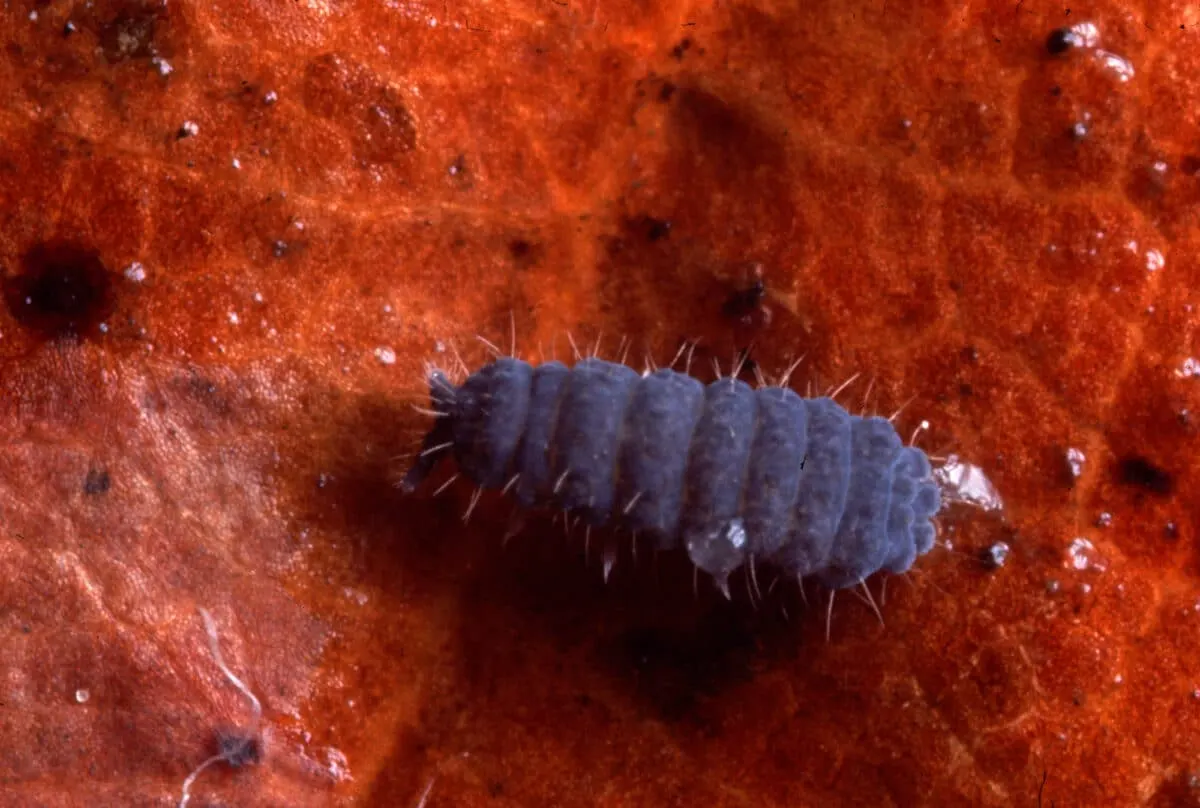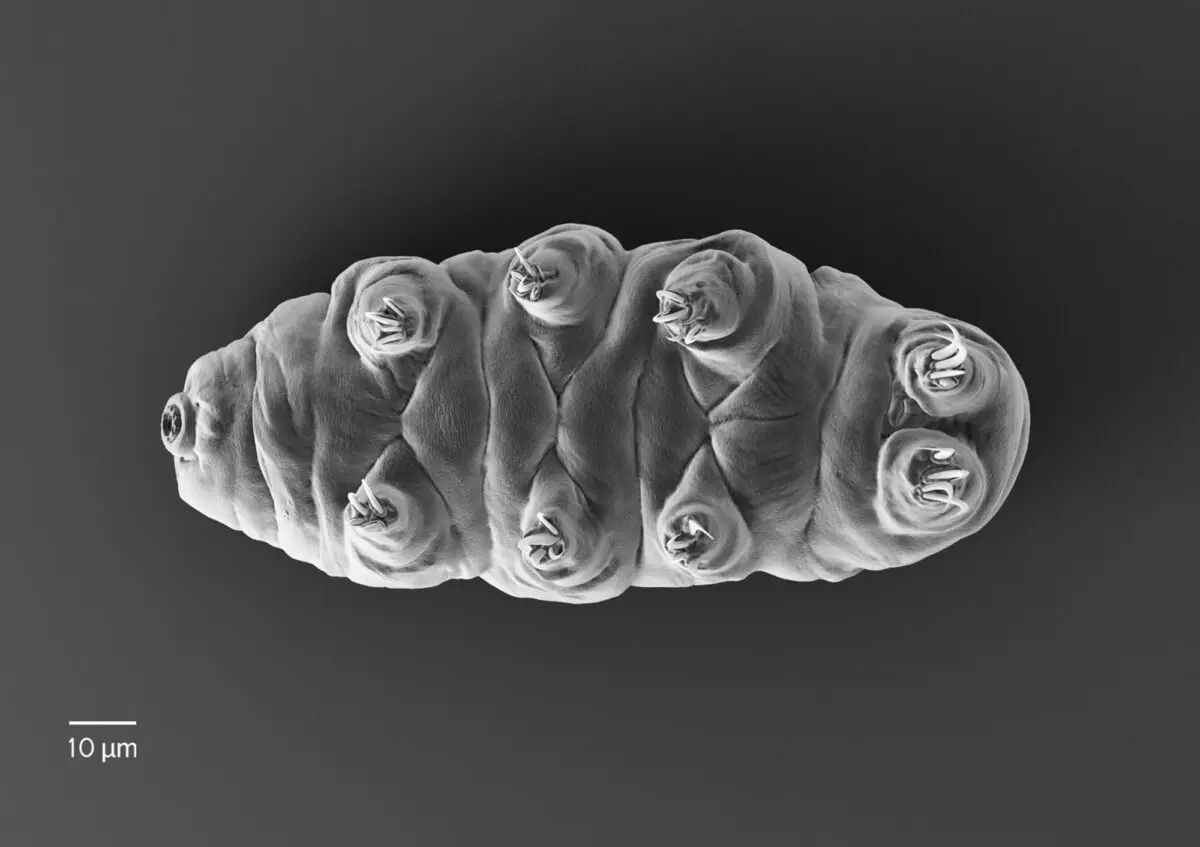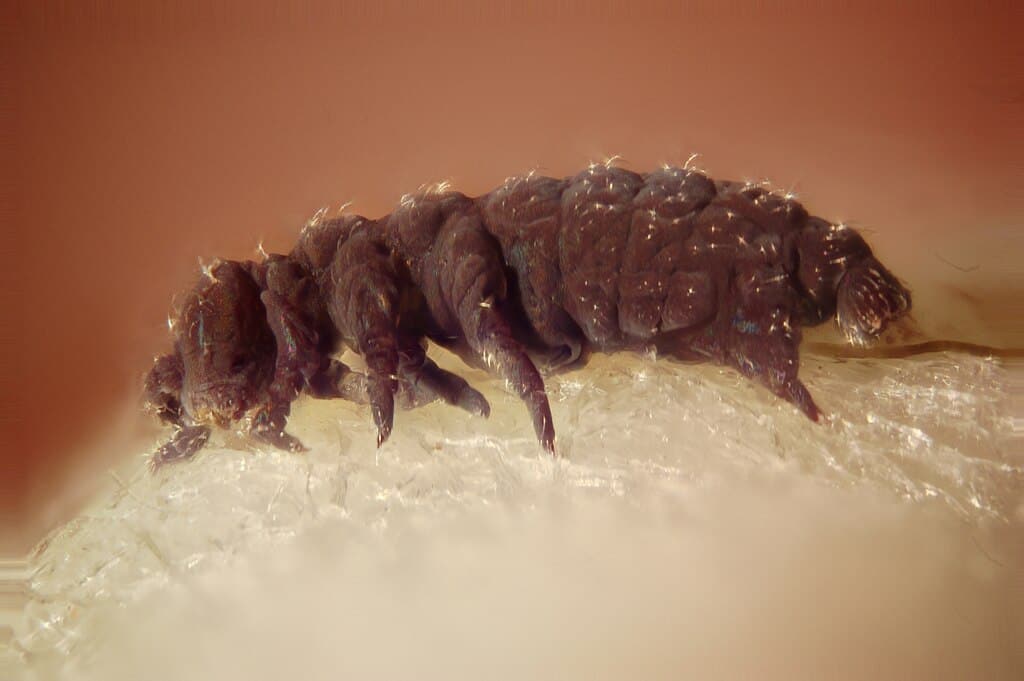When it comes to surviving extreme conditions, one tiny creature reigns supreme. This remarkable organism can withstand temperatures that would freeze or boil most life forms, endure crushing pressures, and even survive the vacuum of space—all without the help of any protective gear or spacesuit. This article delves into the fascinating world of the tardigrade, also known as the “water bear,” and explores the secrets behind its resilience.
Introduction to the Tardigrade

Tardigrades, commonly referred to as water bears due to their plump appearance and lumbering gait, are microscopic organisms belonging to the phylum Tardigrada. First discovered in the late 18th century, these ancient creatures have captivated scientists and nature enthusiasts alike with their extraordinary survival abilities.
The Diversity of Tardigrades

With over 1,300 known species, tardigrades are incredibly diverse. They inhabit a wide variety of environments, from deep ocean floors to the highest mountain peaks. Despite their minute size—typically ranging from 0.1 to 1.5 millimeters—these hardy organisms have adapted to thrive in virtually every ecosystem on Earth.
Micro-Anatomy Structure and Composition

Tardigrades have a segmented body covered by a tough cuticle, which is periodically shed and renewed. They possess eight legs, each with tiny claws that aid in anchoring themselves to surfaces. Their simplistic body structure belies a complex internal anatomy, including a complete digestive system and specialized cells designed for surviving extreme conditions.
Astonishing Survival Strategies

Tardigrades excel in surviving conditions that would be lethal to most other life forms. Their secret weapon is cryptobiosis, a reversible state of suspended animation. During cryptobiosis, the water bear expels almost all moisture from its body, significantly reducing its metabolic activity, and forming a protective tun that shields them from environmental extremes.
Enduring the Vacuum of Space

In 2007, tardigrades became the first known animal to survive the vacuum and radiation of outer space without protection, onboard the European Space Agency’s FOTON-M3 mission. They proved not only resilient in the face of solar radiation but also capable of resuming normal activities upon returning to Earth-like conditions.
Surviving Extreme Temperatures

Tardigrades can endure temperatures as low as -328 degrees Fahrenheit (-200 degrees Celsius) or as high as 300 degrees Fahrenheit (150 degrees Celsius). Their cryptobiotic state allows them to tolerate such extremes by halting cellular processes and protecting vital biochemical structures.
Withstanding Intense Pressure

Whether in the depths of the ocean or the emptiness of space, tardigrades can survive immense pressure. In laboratory settings, they have withstood pressures up to 6,000 times atmospheric pressure—far exceeding those in the deepest ocean trenches.
Reproductive Resilience

Tardigrades exhibit various reproductive strategies, including both sexual and asexual reproduction (parthenogenesis). This flexibility in reproduction contributes to their survival by allowing populations to recover quickly after adverse conditions subside.
Tardigrades’ Role in Ecological Systems

Despite their size, tardigrades play crucial roles in ecosystems. As part of the detritus-based food web, they help decompose organic material, cycling nutrients back into the environment. Their presence in various habitats indicates robust and sustainable ecosystems.
Potential Applications in Science and Technology

The tardigrade’s unique proteins and biochemical adaptations are of interest to scientists seeking to develop new technologies. Research into tardigrades could lead to advances in cryopreservation, space travel, and our understanding of extremophiles.
Challenges in Tardigrade Research

Studying these micro-arthropods presents challenges due to their size and resilience. While significant strides have been made in understanding their genetics and biology, much of their adaptive capabilities remain a mystery, sparking continued scientific intrigue and research endeavors.
Future Directions in Tardigrade Research

Ongoing research aims to unravel the genetic basis for their resilience and further explore the potential applications of their biological mechanisms. Advances in genetic and microbiological tools promise deeper insights into these extraordinary creatures.
Conclusion: The Importance of Tardigrades

Tardigrades embody the epitome of resilience in the natural world. Their ability to survive in seemingly uninhabitable conditions makes them invaluable to scientific research and valuable allies in the quest for life beyond Earth. As our understanding of these remarkable organisms grows, so too do the possibilities for applications that could benefit humanity in diverse fields spanning from astrobiology to biotechnology.
- 13 Reasons Rescue Dogs Deserve a Second Chance - August 10, 2025
- 14 Things No One Tells You About Owning a Gecko - August 10, 2025
- 10 Amazing Animals You Can See in Canada - August 10, 2025

